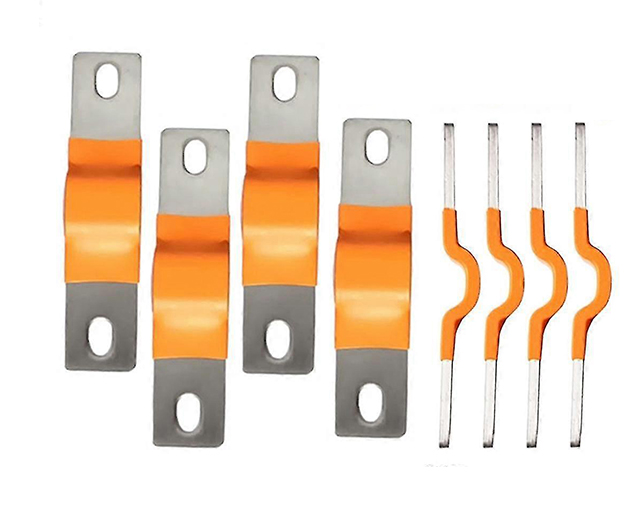2025-10-31 09:19:03
In modern photovoltaic (PV) systems, efficiency and reliability are critical. One essential component that ensures both is the busbar. Understanding what is a busbar in a solar panel, how it works, and its materials and applications can help engineers, installers, and buyers make informed decisions.

A busbar in a solar panel is a conductive strip, usually made of metal such as copper or aluminum, that collects the electrical current generated by individual solar cells and transmits it to the panel’s output terminals. Essentially, it acts as a highway for electrical current, reducing resistance and ensuring efficient energy flow.
Solar panels typically contain multiple bus bars, arranged horizontally or vertically across the solar cells. These electrical bus bars are essential for the overall performance and durability of PV modules.
The primary functions of bus bars include:
Current Collection: Busbars gather electrical current from each solar cell and combine it into a single path for output.
Reducing Electrical Resistance: High-conductivity metals like copper and silver-plated copper minimize energy losses.
Enhancing Reliability: Properly designed busbars help prevent hot spots and localized heating.
Connection Facilitation: Busbars provide a reliable path to the ground bus or inverter connection.
Whether using Flexible Busbar, Solid Busbar, or Aluminum Busbar, the goal is to maintain efficiency and safe operation throughout the panel’s life.
Different materials are used depending on cost, conductivity, and application:
Copper Busbar: Offers high conductivity and durability. Often tinned or silver-plated to resist corrosion.
Aluminum Busbar: Lightweight and cost-effective, but slightly lower conductivity compared to copper.
Flexible Busbar: Allows for minor mechanical movements and reduces stress during thermal expansion.
Solid Busbar: Traditional rigid type, suitable for fixed installations and long-term reliability.
Insulated Busbars: Coated busbars that prevent accidental short circuits and improve safety in compact panel layouts.
The choice of material affects both the electrical performance and mechanical stability of the solar panel.
Busbars operate on a simple principle: they conduct current efficiently between solar cells and the panel output. Here’s the process:
Each solar cell generates a small electrical current when exposed to sunlight.
Thin copper busbars are soldered onto the surface of the cells to collect the current.
The current flows through the busbars into the main ribbon conductors, eventually reaching the inverter or energy storage system.
In modern panels, multiple bus bars are connected to increase efficiency, reduce resistance, and improve durability.
For larger or flexible panels, how are bus bars connected becomes important. Techniques include soldering, welding, or using specialized connectors to ensure minimal resistance and mechanical stability.
Proper installation of busbars ensures maximum efficiency:
Alignment: Busbars must be precisely aligned across cells for uniform current collection.
Connection: Copper busbar connectors or welding techniques join busbars to ribbons and external circuits.
Insulation: Using insulated busbars or coatings can prevent short circuits and enhance safety.
Grounding: Integration with the ground bus ensures safe operation and protection against faults.
Correct installation minimizes losses, prevents hotspots, and prolongs the panel’s operational life.
Busbars are critical in various solar applications:
Residential Rooftop Systems: Reliable solid busbar or copper busbar ensures safe, long-term energy collection.
Commercial Solar Farms: High-capacity panels require multiple bus bars for efficient power distribution.
Flexible and Portable Solar Panels: Flexible busbar designs accommodate bending and movement without breaking connections.
High-Voltage Modules: Aluminum busbar options provide lightweight and cost-effective solutions for large panels.
By selecting the right type of busbar and material, manufacturers can optimize panel efficiency, durability, and cost-effectiveness.
Enhanced Electrical Efficiency: Reduces resistive losses and improves overall energy output.
Mechanical Reliability: Flexible busbar and insulated busbars prevent stress-related failures.
Safety: Proper grounding and insulation protect against electrical faults.
Versatility: Designs can be tailored for solid busbar, aluminum busbar, or high-current PV modules.